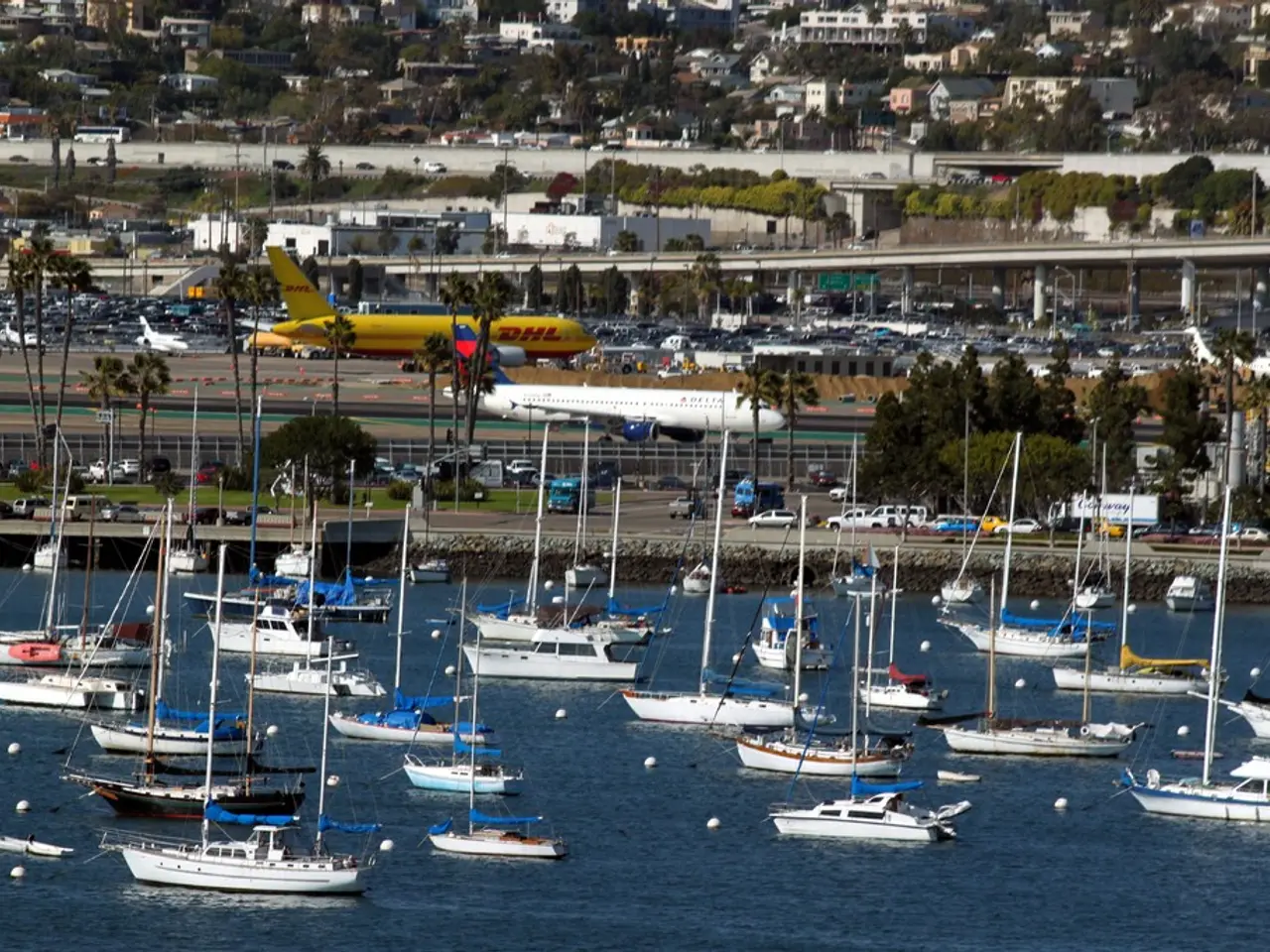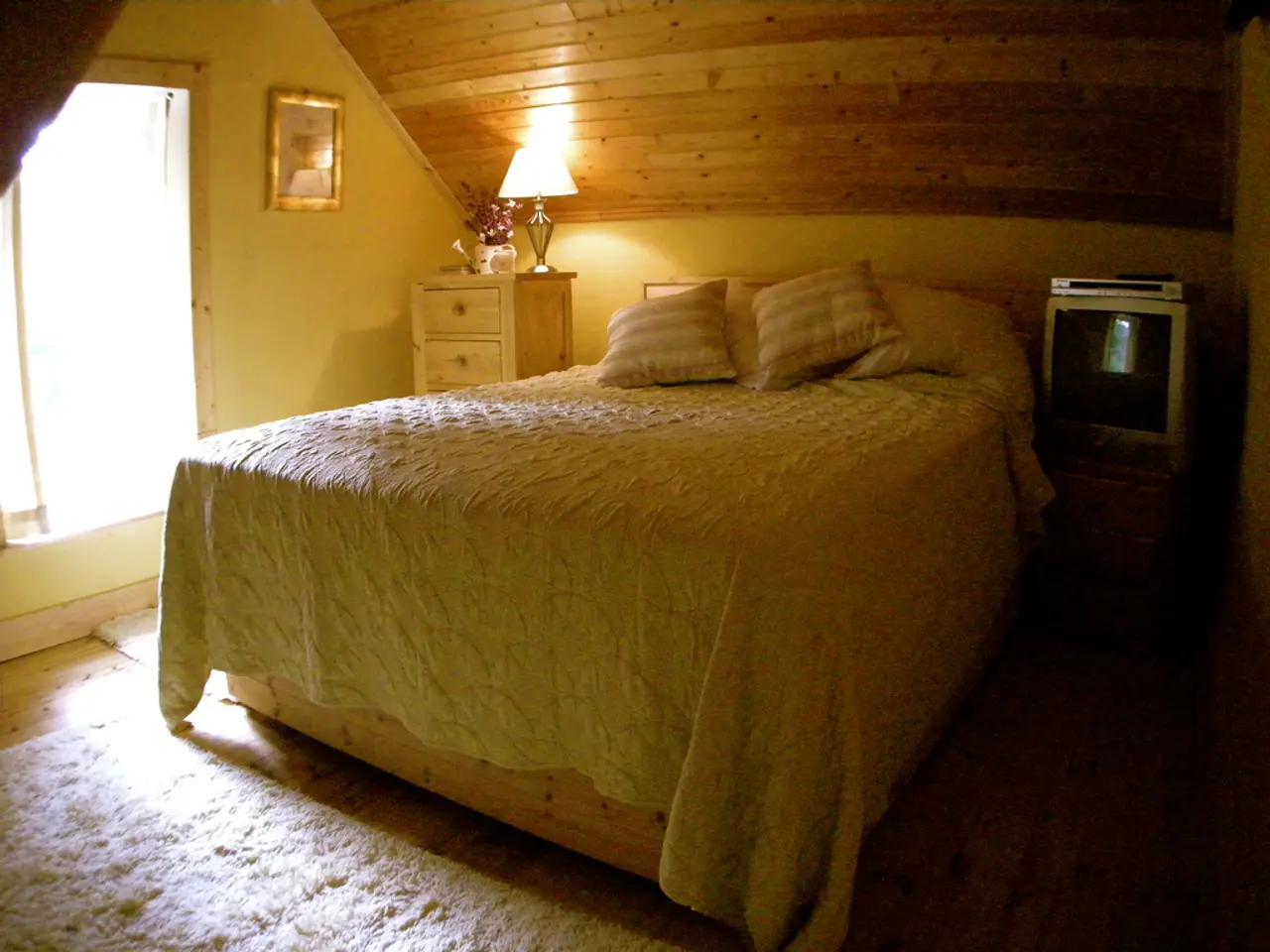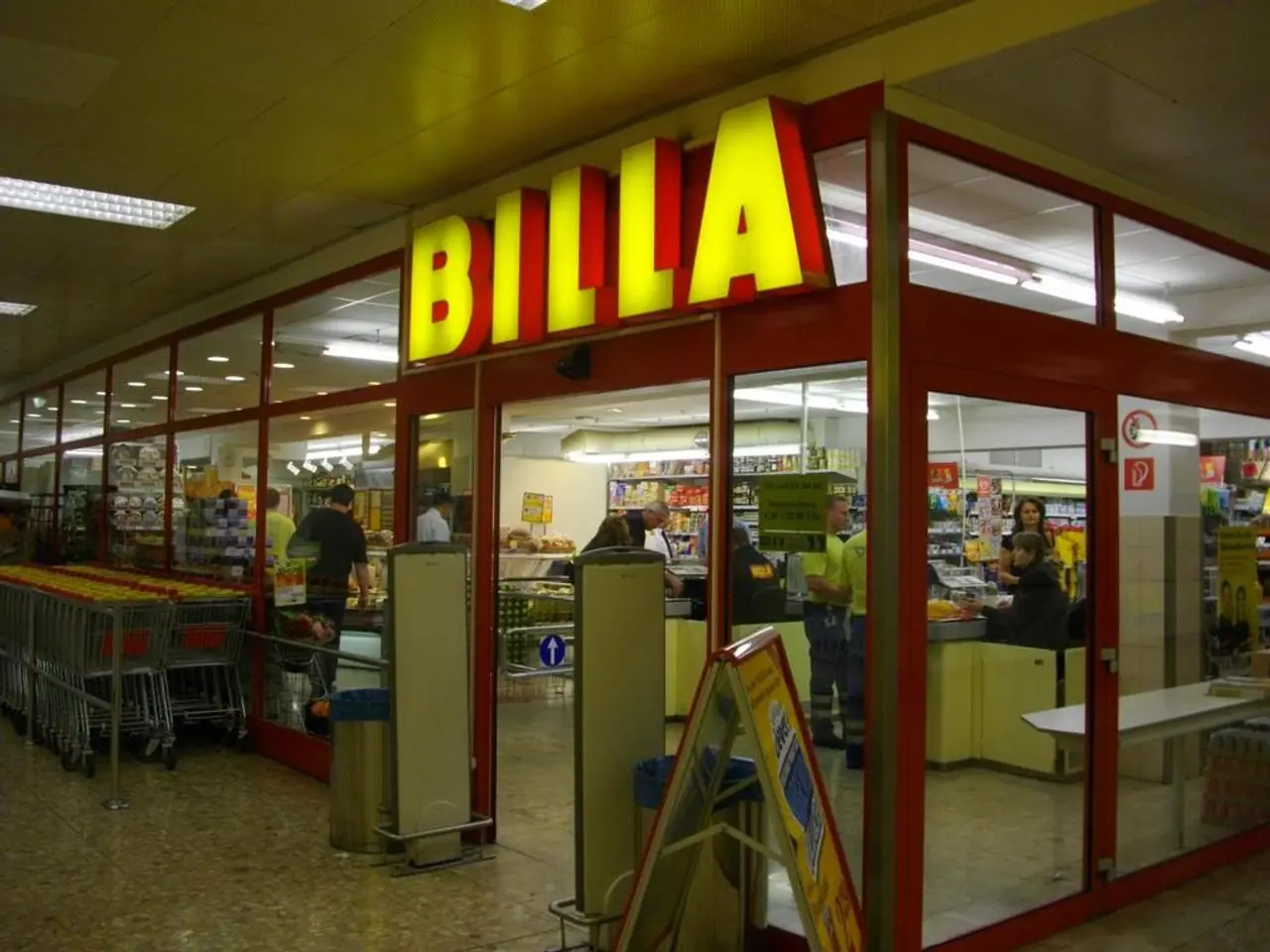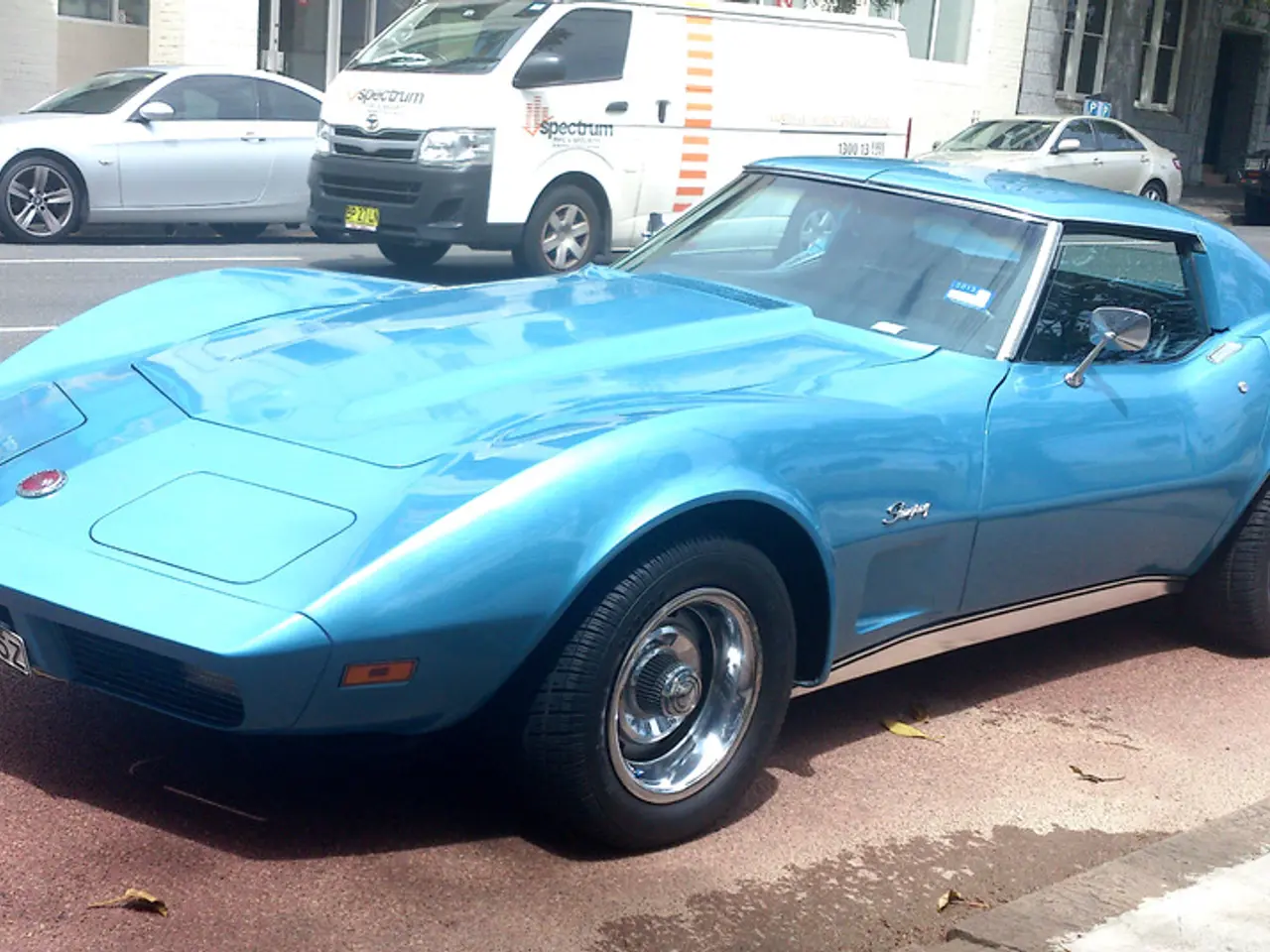Exploring the Possibility of Ship Design Mitigating Methane Leaks in Shallow Seas?
In a bid to combat climate change, the scientific community is exploring alternative solutions to reduce methane emissions from ship traffic, particularly in shallow, methane-rich coastal zones. One promising approach lies in vessel hull design innovations and advanced propulsion technologies.
Microbial communities living in upper sediment layers actively consume methane through oxidation, converting it predominantly into carbon dioxide and water. However, the phenomenon is primarily due to the squat effect, which causes sudden drops in pressure beneath the hull of ships as they move through water. This pressure disturbance, more pronounced in ships with deep hull drafts, triggers methane release from seabed sediments.
Large traditional ferries, such as ropax vessels, often have deep hull drafts exceeding nine meters when fully loaded and use diesel engines connected to large propellers positioned deeply beneath their hulls. These factors contribute significantly to the squat effect. Redesigning hulls to reduce draft depth or alter shape can minimize this pressure drop, thereby reducing emissions without needing to slow down vessels.
Hybrid and electric propulsion systems provide more efficient and stable engine operation, reducing reliance on diesel engines that operate under varying loads and cause environmental stress. The China Zorrilla, an innovative, fully electric catamaran ferry currently undergoing shakedown testing in Tasmania, offers a potential solution. Its twin-hulled, catamaran structure and lightweight construction using advanced materials like aluminum alloys contribute to a shallow draft of around three to four meters, significantly less than traditional RoPax ferries. Moreover, the China Zorrilla uses waterjet propulsion systems instead of traditional screws, which creates very little vertical turbulence or downward pressure waves capable of disturbing seabed sediments.
Research should systematically investigate how shallow-draft, multi-hulled vessels perform in a wide range of geographic environments, from coastal wetlands to shallow bays and river deltas. The study in Communications Earth & Environment focused on ship traffic in Neva Bay, Russia, and found that ships traveling faster than 12 knots with hull drafts greater than nine meters triggered significant methane emissions from organic-rich seabed sediments.
Besides vessel hull design and propulsion technology, alternative fuels like ammonia or LNG also offer potential for reducing greenhouse gas emissions compared to traditional marine diesel fuels. While not a direct design or propulsion change, these fuel alternatives complement hull and propulsion innovations by lowering overall vessel emissions.
In summary, besides slowing down, reengineering vessel hulls to reduce the squat effect and adopting electric/hybrid propulsion systems to optimize engine efficiency and maneuvering control stand out as promising technical solutions to mitigate methane emissions linked to shipping activities in sensitive shallow waters. The China Zorrilla serves as a shining example of this approach, demonstrating the potential for electric and hybrid vessels to significantly reduce methane emissions while maintaining operational efficiency.
- To complement vessel hull design innovations and advanced propulsion technologies, the exploration of alternative fuels like ammonia or LNG could offer potential for reducing greenhouse gas emissions compared to traditional marine diesel fuels.
- By redesigning hulls to reduce draft depth or alter shape, the squat effect can be minimized, thereby reducing emissions without needing to slow down vessels.
- One approach to combat methane emissions from ship traffic, particularly in shallow, methane-rich coastal zones, is through the use of hybrid and electric propulsion systems, which provide more efficient and stable engine operation.
- Research is needed to systematically investigate how shallow-draft, multi-hulled vessels perform in a wide range of geographic environments to gain insights into their capacity to mitigate methane emissions from organic-rich seabed sediments.
- In the environmental-science and industry sectors, policy makers may consider implementing regulations that prioritize the adoption of renewable-energy-powered vessels and advanced technologies to promote sustainable practices within the finance and maritime community.




